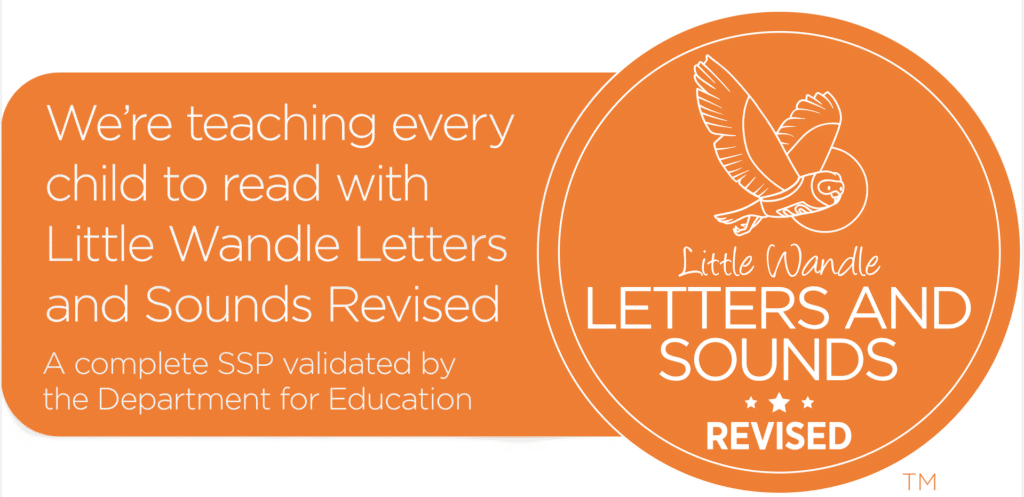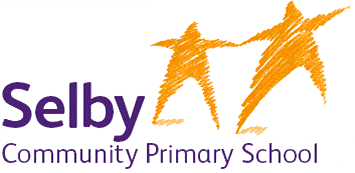
In September 2025, we began using Little Wandle for our phonics.
Information for Parents/Carers -Click here to find out how you can support at home.
Early Reading & Phonics
We have a carefully considered and sequenced approach to early reading.
This enables children working at Early Development level to build essential pre-reading knowledge, understanding and skills. These include early visual, auditory and motor skills; focus and attention skills; early communication skills; and memory and sequencing skills. These are developed by providing children access to high quality books and poetry, supported by concrete experiences.
For children working at Emergent Concept level, foundations for reading are established through a clear focus on developing language comprehension and word recognition skills. This includes a focus on developing vocabulary, language conventions and background knowledge alongside phonological awareness. This is achieved through sharing high-quality stories and poems; learning a range of rhymes and simple poems; and activities that develop focused listening and attention, including Little Wandle Foundations for Phonics, focusing on Phase 1.
Children working at Basic Concept and Applying Knowledge levels who have established pre-reading and foundations for reading skills are supported to become effective early readers. Children are supported to develop a love of reading through accessing a wide range of texts and genres and there is a continued focus on developing language comprehension skills alongside more formal decoding and automatic word recognition skills.
We use the ‘Little Wandle Letters and Sounds’ systematic synthetic phonics programme to ensure children build on their growing knowledge of the alphabetic code, mastering phonics to read and spell as they move through school. Alongside our phonics programme, we use carefully matched ‘Big Cat’ decodable reading / e-books in order for children to apply their phonics knowledge and be able to access high quality texts and read for pleasure later on.
What is Phonics?
Phonics is the name given to the process of learning the sounds, names and shapes of the letters that make up the English language. There are 44 different sounds, made up of singular or groups of letters. Some of these sounds then have a variety of ways of writing them down.
At Selby Community Primary School children in Reception and Year 1 are taught phonics daily following Little Wandle Letters and Sounds Revised progression.
There is some key vocabulary that both children and adults use: Phoneme – the smallest unit of sound a letter, or group of letters makes. Grapheme – the written shape of a phoneme Digraphs and Trigraphs – two or three letters making one sound Blend – two or more sounds said closely together e.g. spl, fl, xt, ump
Children in Reception are taught handwriting and letter formation alongside their phonic learning. Children are taught the Little Wandle Rhymes to support the correct letter formation.
Throughout the school, the teaching and learning of spelling is through repeated exposure to vocabulary to ensure mastery. Children group and categorise words based on the sound-spelling correspondences and all lessons include both the reading and writing of vocabulary.
In addition to their spelling lessons, children are constantly immersed in a vocabulary-rich environment through a broad and balanced curriculum. Whenever new words are encountered, they are analysed, taking into consideration the sound-spelling correspondences, syllable structure, etymology and morphology of the word as appropriate. Through developing their analytical skills, we try to promote a genuine interest for exploring words, committing both the meaning and spelling of the word to long term memory. Teachers continue to emphasise to pupils the relationship between sounds and letters, even when the relationship is unusual.
Retrieval practice is an important part of spelling learning, so children partake in regular dictation exercises and low-stakes quizzing.
